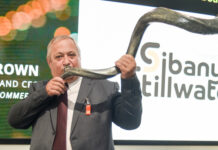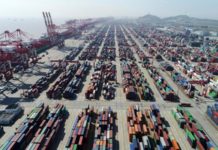
SOUTH Africa’s entire chrome value chain ought to be supported through the use of “a toolbox” of measures that include developmental pricing for ferroalloys producers and a review of a subsidy provided to intensive users of electricity.
This is the view of the Minerals Council South Africa which also said self-generation ought to be promoted whilst broader measures such as port efficiency improvements and steps to switch chrome transport from road to rail.
Government announced proposed last week an export tax on chrome ore in an effort to protect the production of higher value ferrochrome. Supporters of the mechanism argue that given South Africa’s dominance in chrome production, it is consistent with similar steps by the likes of China to protect domestic production.
However, chrome ore exporters have criticised the move saying that more attention ought to be given to the cost of electricity that is the major factor hurting the alloys sector rather than chrome ore pricing.
According to the Minerals Council, electricity prices have escalated more than 500% in the last decade. It said a “… longer term electricity pricing mechanism to enable longer term planning” should be introduced.
It also called for the critical need to “… review the current electricity intensive user cross-subsidy and to possibly phase this out. Also, to see if the winter peak demand tariff cannot be adjusted”.
Over the past decade South Africa’s ferrochrome production has risen from 3.2 million tonnes to 3.6 million tonnes in 2019, it said.
However, despite this modest growth in aggregate terms, South Africa’s share of the world ferrochrome production fell from 47% of the total in 2010 to 25% in 2019.
In the past two years nearly 40% of South Africa’s ferrochrome production has either been closed or mothballed.











